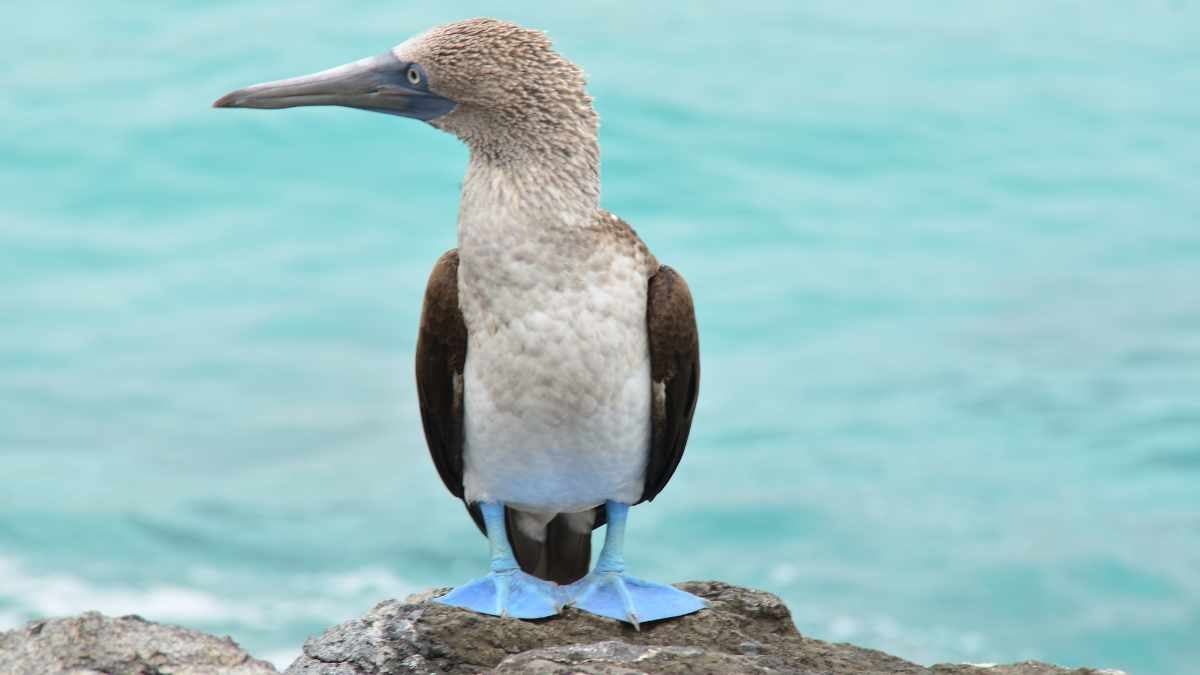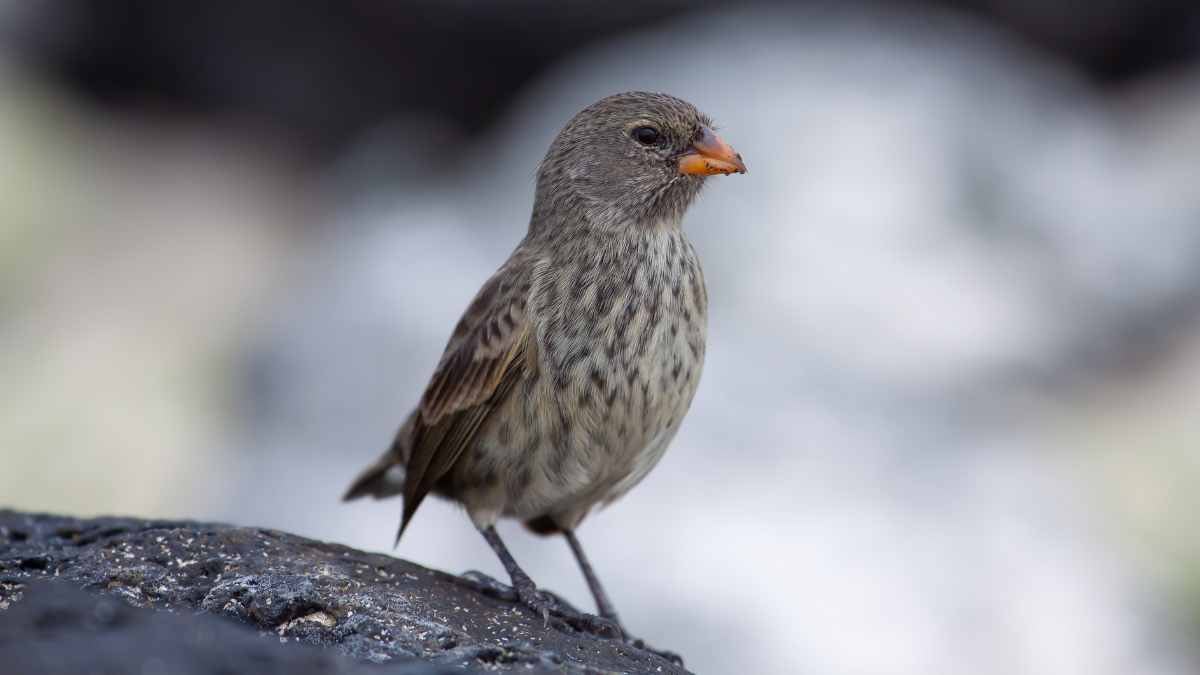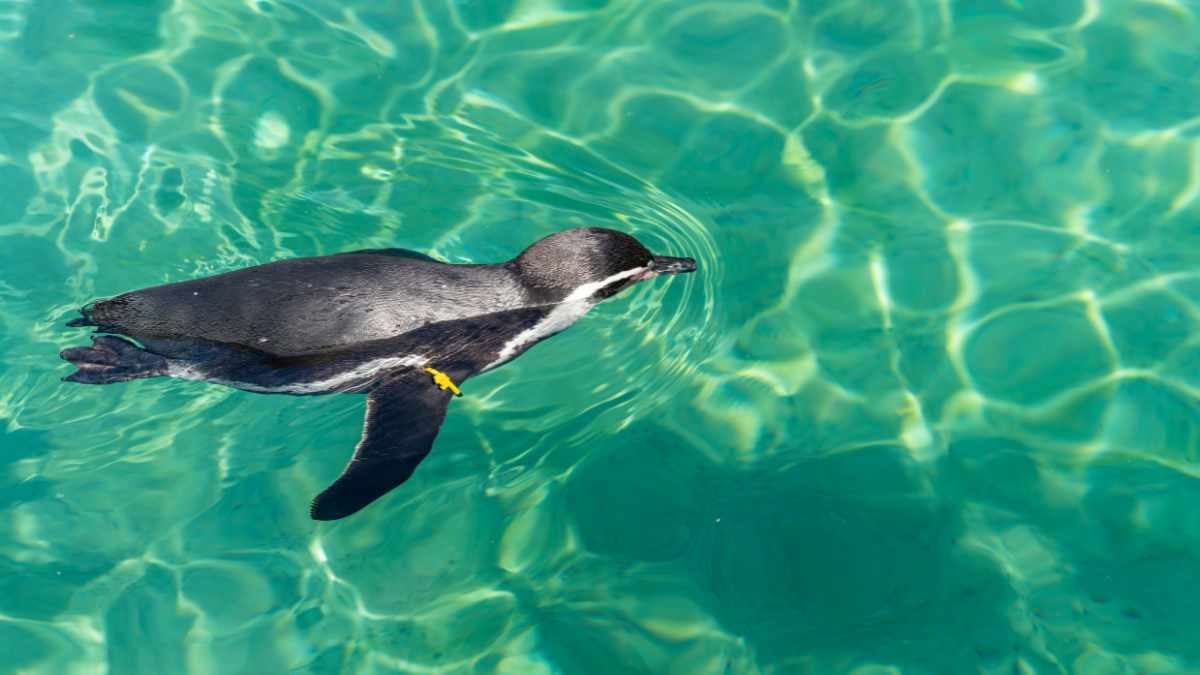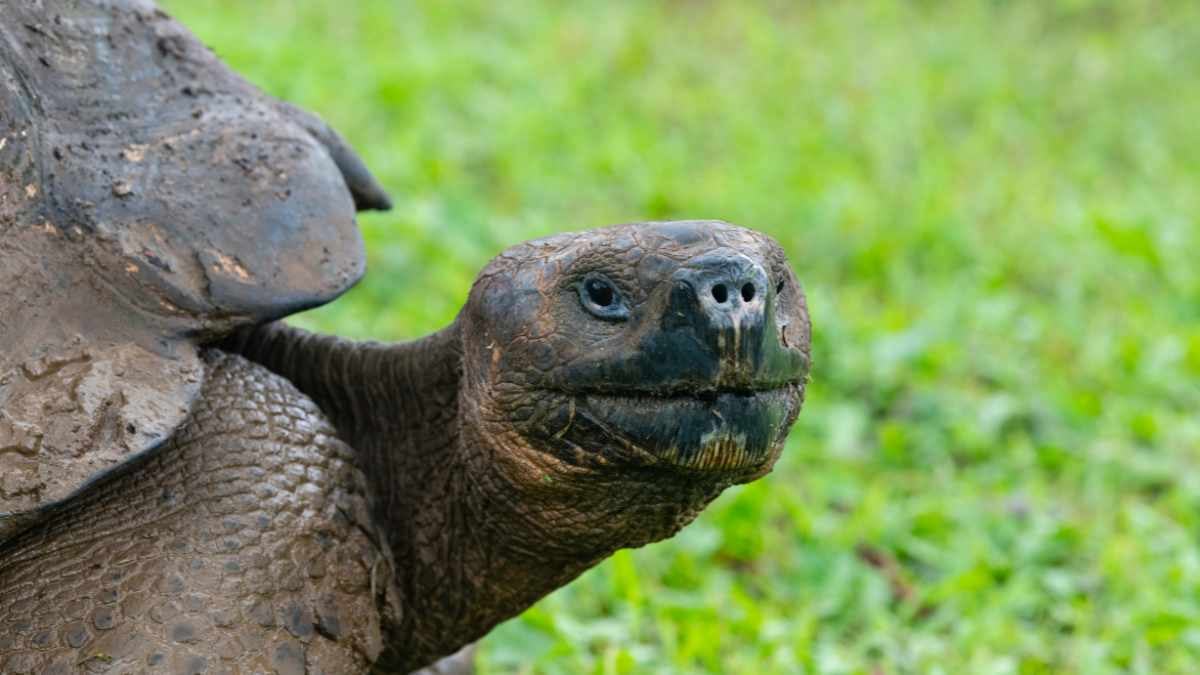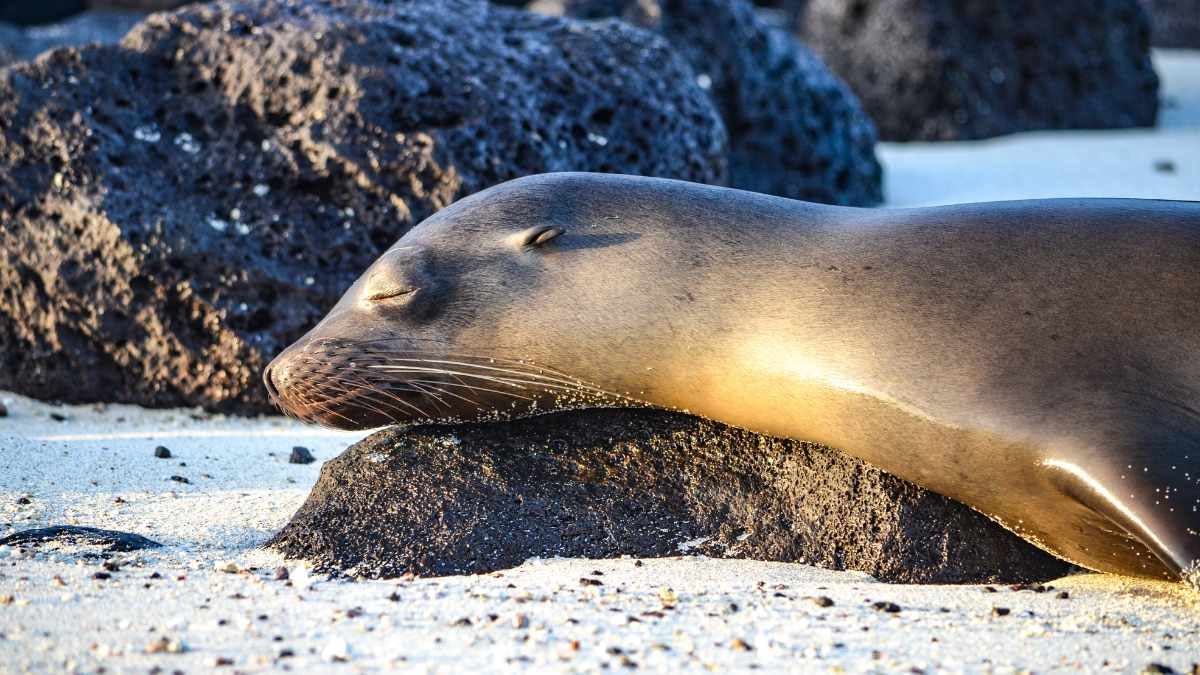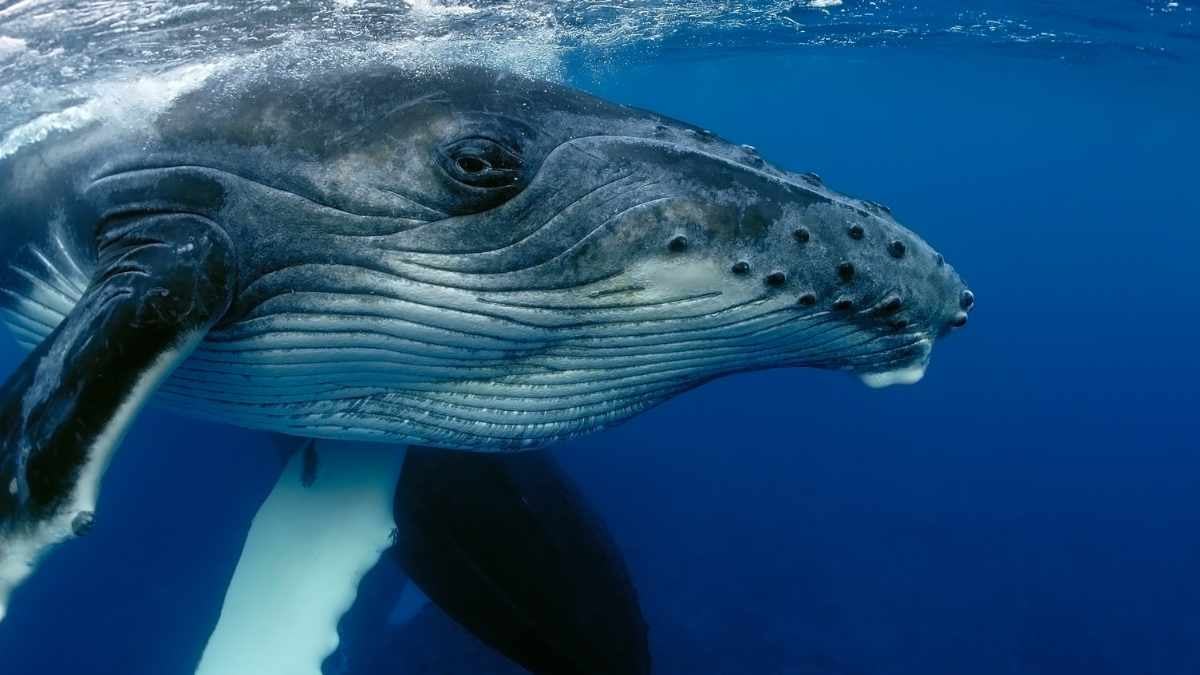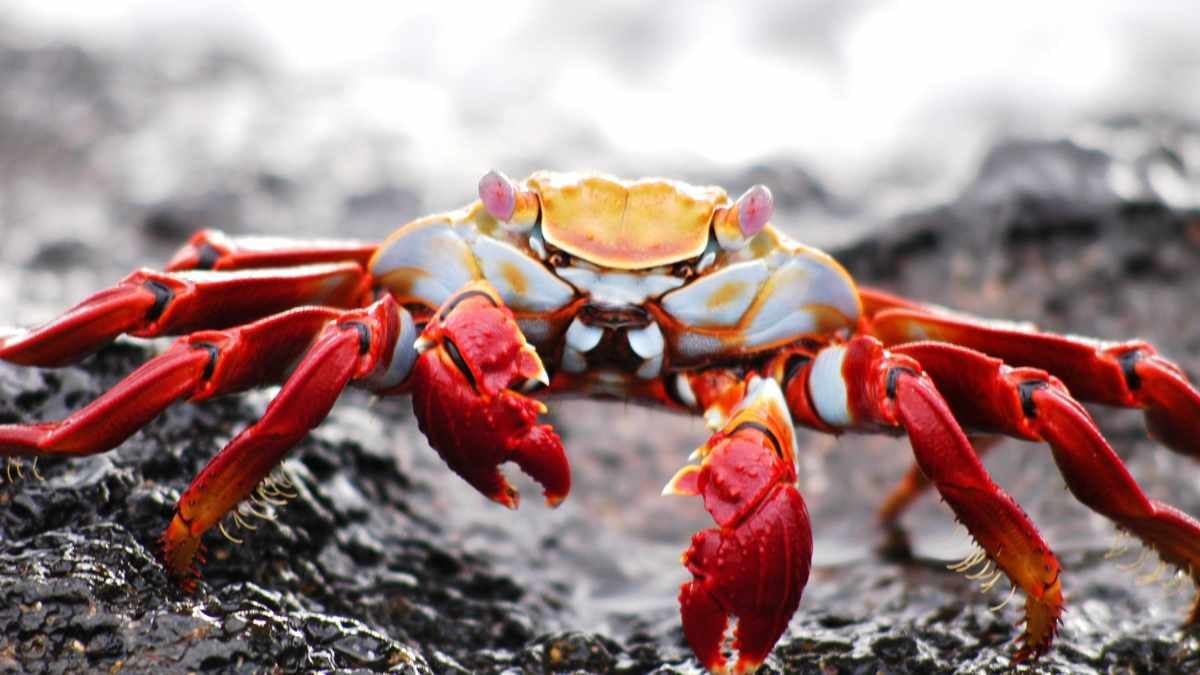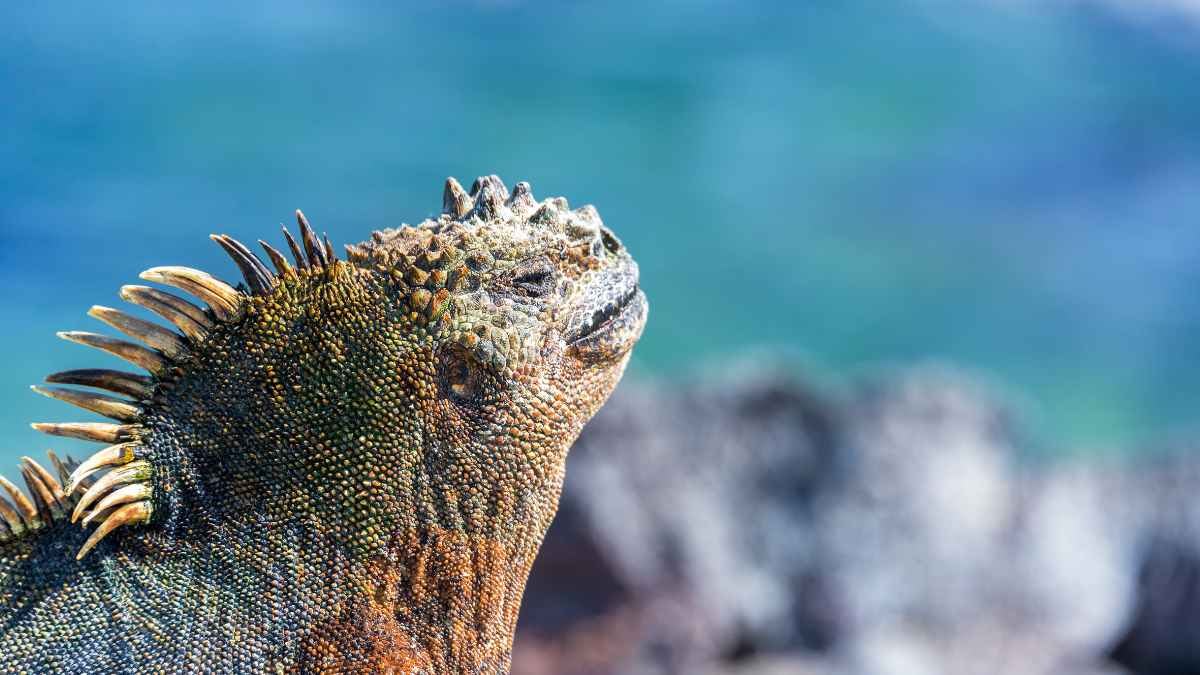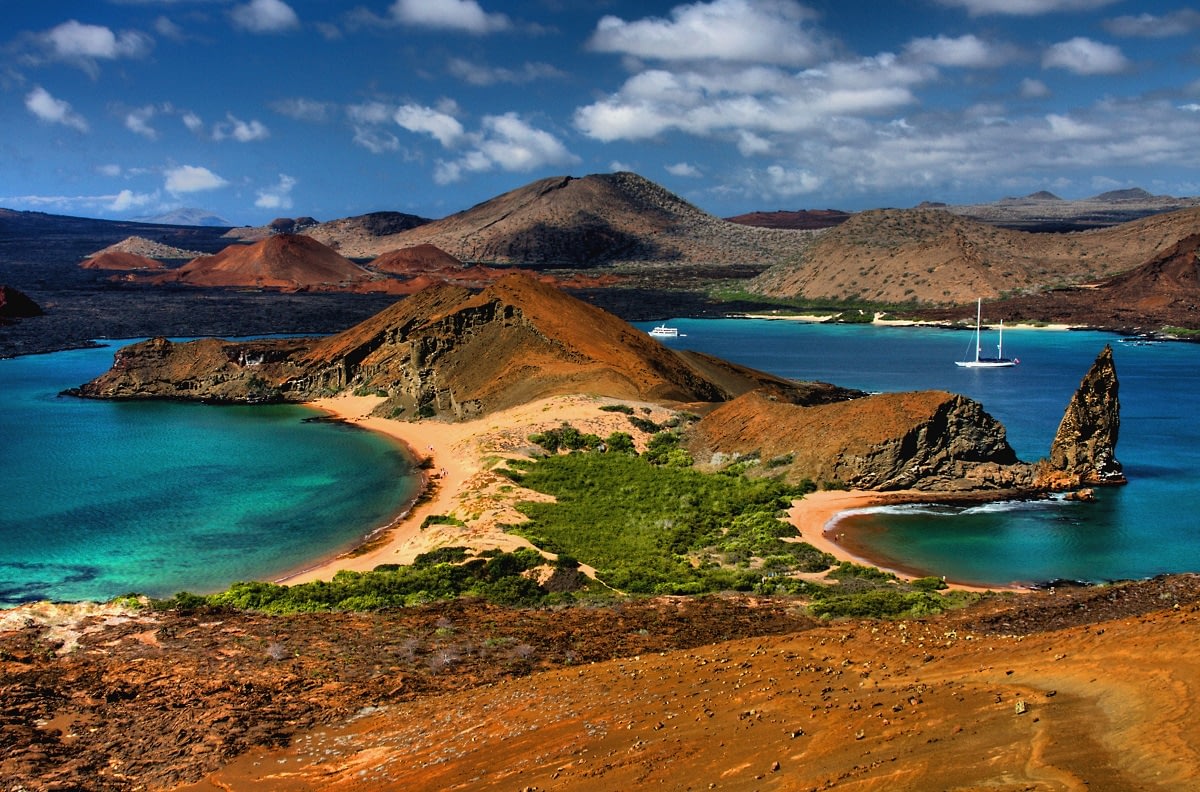Curious about the fascinating wildlife of the Galápagos Islands?
This destination may not boast the grandeur or size of other wildlife destinations, but what sets this archipelago apart is the fearless and friendly nature of its inhabitants. Nestled nearly 1,000 kilometres off the coast of Ecuador, these isolated islands have nurtured a unique ecosystem where animals and humans coexist in harmony. It’s a place where time seems to stand still, transporting you back to the enchanting storybooks of childhood, where creatures great and small live side by side.
In this living exhibit of evolution, the Galápagos Islands bear the marks of extreme isolation. The memories of fear have been erased, and the beaks, shells, and wings of its species have been shaped by the relentless forces of nature. Lava fields and still-smoking volcanoes form a harsh backdrop, continuing to shape the islands to this day. The islands’ captivating past is interwoven with tales of adventurers, from Charles Darwin to fugitive pirates.
Snorkels at the ready! Let’s embark on a journey of discovery, as we explore some of our favourite wildlife species of the Galápagos Islands.
Wildlife of the Galápagos
Blue-footed boobies
Any guesses how they got their name? With their slightly gawky appearance, defy their comical name with some seriously impressive aerial skills. Witness these magnificent birds as they soar over the sea, swiftly diving nose-first to catch unsuspecting anchovies. Their vibrant blue feet distinguish them from their red-footed and Nazca relatives, and North Seymour Island offers a front-row seat to witness their fascinating antics during the summer months.
Galápagos finches
Although small in size, Galápagos finches hold massive significance. These ingenious birds played a pivotal role in Darwin’s groundbreaking theory of evolution. As you explore the islands, you’ll encounter these finches in various subspecies, each one adapted to its unique island environment. Keep an eye out for them perched on giant tortoises, engaged in the mutualistic act of tick removal.
Lava lizards
Resembling diminutive iguanas, these guys tend to bask lazily in the sun-drenched volcanic slopes, seemingly immune to the need for shade. During mating season, the males proudly perform their “push-ups” to assert their dominance in the quest for a mate. These charismatic reptiles add a touch of vibrancy to the rugged landscapes, reminding us of the resilience of life in the Galápagos.
Galapagos Penguins
Giant Tortoises
No visit to the Galápagos Islands would be complete without encountering the giants that lent their name to the archipelago – the giant tortoises. These awe-inspiring creatures, with their long lifespans and ancient wisdom, embody the spirit of these islands. It’s amazing to think that the descendants of a single tortoise that washed ashore thousands of years ago now populate the islands with their distinct subspecies. In the footsteps of Darwin, we can’t help but wonder if some of the hatchlings he encountered in 1835 still roam these lands today?
Sea Lions
As you traverse the shores, you’ll no doubt encounter the most abundant marine mammals of the Galápagos – the sea lions. Whether they’re lounging on sun-kissed beaches or wooden docks, these playful creatures exude an air of carefree joy. Keep your eyes peeled for a special treat: a chance to witness their underwater world, where their agile bodies twist and turn, offering a balletic spectacle that’ll leave you in awe.
Cetaceans
The Galápagos Islands also hold a surprise for lovers of the deep sea. Cetaceans, including bottlenose dolphins and orcas, grace these waters, their presence a testament to the rich marine life that abounds. During the months of June to September, migrating humpback and blue whales captivate onlookers, especially between Isabela and Fernandina. Whale watching in the Galápagos is an experience that evokes wonder and appreciation for these majestic creatures.
Sally Lightfoot Crabs
The name might seem odd, but it perfectly suits these comical crustaceans! Sally Lightfoot crabs are a constant source of entertainment in the Galapagos. With their vibrant colours, they add a touch of visual magic as they scuttle across the black lava rocks that serve as their playground. These charismatic creatures possess a remarkable skill: the ability to walk on water. With a swift hop, skip, and jump, they gracefully evade any potential dangers that come their way.
Marine Iguanas
Last but not least, we come face-to-face with the captivating marine iguanas. Witnessing these unique reptiles execute a double-barreled salty sneeze is an experience that defies words. Agile in the ocean and adapted to the harsh coastlines of Isabela, Floreana, and Santa Cruz, these remarkable creatures exemplify the Galápagos’ exceptional biodiversity. During the courting season from January to March, they treat us to a colourful spectacle that captures our hearts.
Responsible Travel in the Galápagos
The sheer abundance of wildlife in the Galápagos is a gift. But it doesn’t grant us unrestricted access to every colourful crab or the opportunity for up-close selfies with unsuspecting sea lions. To preserve the delicate balance of this ecosystem, it is really important that we, as responsible travellers, adhere to designated paths and explore under the guidance of experienced guides. Pay close attention to signs that caution against disturbing marine iguanas or encroaching upon the nesting sites of green turtles. Some creatures are particularly susceptible to germs, and even with the utmost care, human contact can pose risks.
In the Galápagos Islands, the wildlife is not about grandeur or spectacle. It’s about intimacy, connection, and a profound appreciation for the beauty of evolution. As visitors, we have the privilege and responsibility to safeguard the future of this unique paradise.
Are you ready for an unforgettable Galápagos adventure? We’ll help you create a rewarding and responsible holiday. Get in touch to start planning your three generational holiday today!

